Most hotels seek to create memorable guest experiences within the property. Hoshino Resorts’ new Omo brand wants its guests to get off the property and?experience local culture.
The entire design of the hotel — from a giant map in the lobby highlighting local dining and sightseeing spots to small rooms that are comfortable sleeping quarters versus hangouts — seeks to help guests “get down with the local rhythm,” as Omo’s mission states.
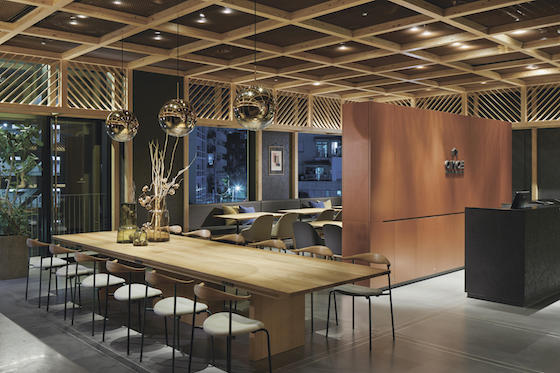
Omo, the fourth brand from Nagano, Japan-based Hoshino Resorts, launched in spring with two locations, in Asahikawa, Hokkaido, and Otsuka, Tokyo. It’s a departure from Hoshino’s luxury brands, usually situated in traditional resort areas. Rather, Omo hotels will often be built in off-the-beaten-path areas of city centers and cater to middle-class tourists who prefer barebones, business-centric hotels to save money but still want personalized service and to sight-see.
As Japan gears up for the 2020 Olympics, which analysts expect to lead to oversupply after the three-week event, Hoshino Resorts’ approach to Omo bodes well: efficient service models and knowledge of local marketplace dynamics. In fact, CEO Yoshiharu Hoshino believes his group might be able to thrive by gaining management of non-performing assets — some of them under the Omo label.
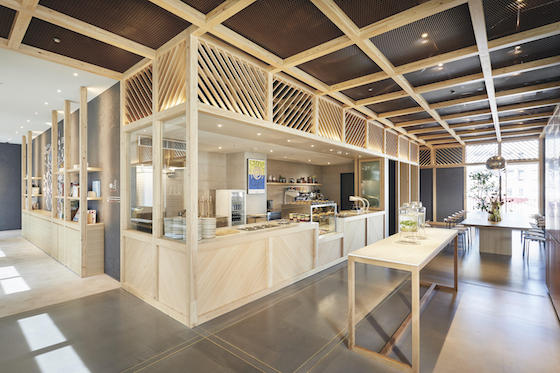
Cultural immersion
Learning the local culture is at the heart of Omo, so the hotels reflect what’s unique about their location, says Hoshino. At its first property, Omo7 Asahikawa, guests are greeted by a white-birch display representative of Hokkaido, while at Omo5 Otsuka, guests see a “Go-Kinjo” map (Kinjo means neighborhood) displaying what’s available nearby to see and eat.
Keeping with the idea of the hotel as a launching pad for exploration, the lobby, or “Omo Base Lounge,” has an open floor plan and communal spaces for guest interaction, Hoshino says. A travel library on the main floor allows both guests and locals to browse books on the surrounding area.
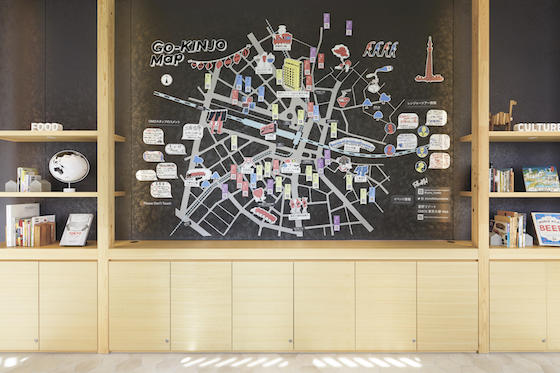
Guests avoid lines and unproductive time in the hotel by checking in at self-service counters. Staff are available to introduce guests to the area, Hoshino says. “Our staff will ensure that (guests) make the best of their stay while they still have the freedom to fully customize their trip.”
F&B at the Omo Café & Bar is minimal, serving light breakfast and lunch options, but no dinner. Instead, the café turns into a bar in the evening serving local craft beers. Eliminating dinner service goes with the overarching brand concept.
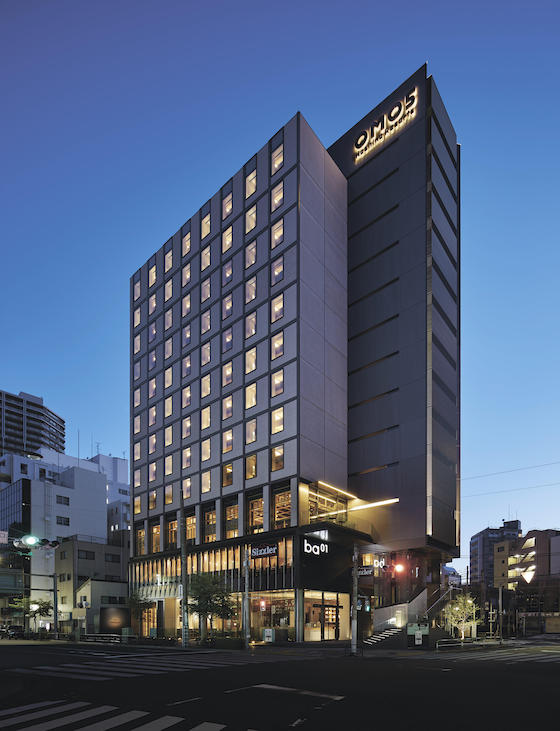
“We want guests to venture out into the surrounding city and to get the most they can out of that experience. We encourage them to go outside of the hotel premises to have dinner. We see surrounding businesses as comrades who we support and work with, as we encourage guests to gain a curiosity about the local area,” Hoshino says.
As well, rooms were designed to encourage guests to not linger inside, he says.
“The size of the rooms factored significantly into the design concept… Our goal with the Omo brand is to encourage guests to explore the city outside as much as possible while providing a cozy stay when they return at night,” Hoshino says.
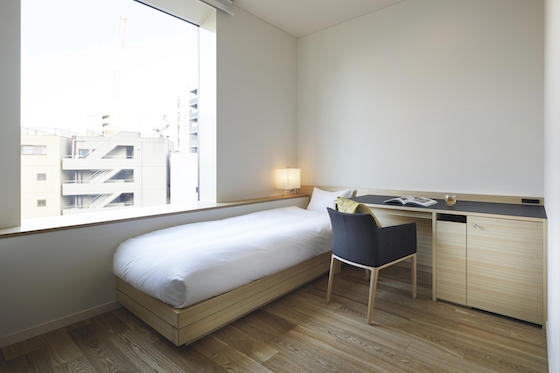
In Omo7 Asahikawa, room sizes range from 30 to 60 square meters (about 320 to 645 square feet) with a suite topping out at 150 square meters (1,614 square feet). The smallest room, the Danran, is just 18 square meters (about 190 square feet). To maximize space and usability, the beds are laid out in an L-shape. Luggage storage is available under the bed. The Danran rooms have a modern aesthetic, but the other rooms are more traditional Japanese style with tatami-mat flooring, says Kazuo Hiuke, general manager of Omo7.

Omo5 Otsuka also has small rooms of 19 square meters (about 200 square feet), with exposed-wood design, high ceilings and large windows. To avoid a cramped feeling, yagura scaffolding, a type of traditional wooden tower, is used. A Japanese cypress wooden staircase leads to the loft bed, with built-ins that double as storage space, and the floor is lined with traditional tatami mats, says Ryoko Isokawa, Omo5’s GM.
“The Yagura room has a distinct ‘secret hideout’ feeling,” Isokawa says.
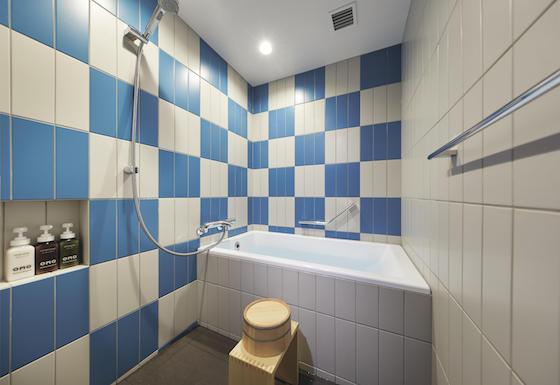
The rooms may be small, but the bathrooms in both hotels are a Japanese version of full-sized bathrooms, Hiuke says. “A taller individual can still fully spread their legs out in the bathtub — rare for a Japanese business hotel of a similar price range,” he says. The shower and bathtub are separate, and all rooms come with the usual toiletries. Room wear can be rented, and lobby vending machines sell extra amenities such as bath salts, coffee and tea.
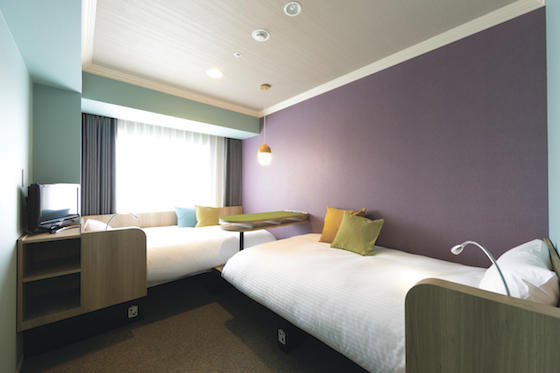
Local focus
The Omo brand hopes visitors see it as a way to discover the non-touristy parts of different Japanese cities, Hoshino says. While the growth focus is just Japan at the moment, he says there are no barriers to expanding farther, declining to share details of other pending openings. The plan is that Hoshino Resorts will operate rather than own.
By setting the hotels away from traditional hotspots, but still accessible to major tourist destinations, Omo can keep prices down. Rooms start at 7,000 yen (US$64) nightly in Tokyo and 5,000 yen (US$47) in Hokkaido, significantly cheaper than in tourist magnet areas. Omo’s prices are competitive with the barebones local business hotels in the area, but Hoshino hopes to lure the cost-conscious tourists who stay at those places with the idea that Omo’s staff is letting them in on authentic Japan, Hoshino says.
But cheap doesn’t equal boring, as Omo sought places with unique local culture. The Asahikawa Omo is near the popular Asahikawa Zoo, and the city has a reputation for its natural beauty. Its local food culture is also renowned, like jingisukan, a grilled mutton dish prepared on a convex metal skillet or other type of grill, Hiuke says.
And Otsuka, only a 10-minute train ride from the hot Shinjuku neighborhood, has a different vibe, Isokawa says, that might not be discovered without the staff pointing out what’s cool.
“Otsuka has a ‘retro-Tokyo’ feel that is hard to find in the more popular tourist areas, with classic trolley streetcars passing through town and many charming hole-in-the-wall restaurants,” she says.
